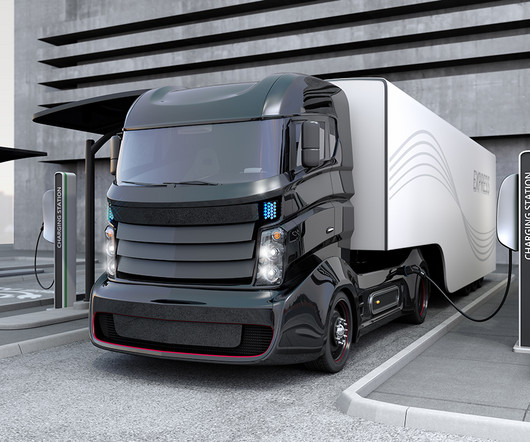Electrification gaining momentum in fleet vehicle industry – Charged EVs
Baua Electric
FEBRUARY 29, 2024
Major factors driving this growth include declining battery costs leading to more affordable EVs, expanded charging infrastructure, government incentives and standards, and corporate sustainability initiatives. It also proposed multi-pollutant emissions standards for light-duty and medium-duty vehicles for model years 2027 and later.











Let's personalize your content